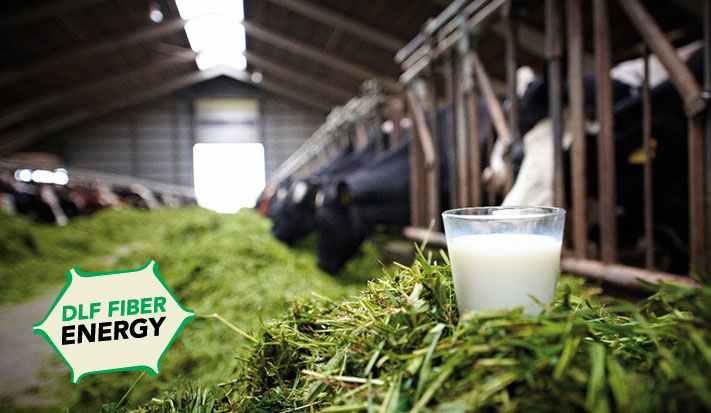United Kingdom
October 21, 2019
Dry matter intake is the single most limiting factor in feeding ruminant animals, therefore it is vitally important that every kg of dry matter eaten is available for rumen fermentation.
The sole reason that ruminants evolved their multi-compartment digestive tract is to effectively process plant matter containing large amounts of cell wall material.
Because cell wall material is the single largest component of forages and contains up to 70% of the plants water soluble carbohydrate (sugars) the digestibility of forage cell wall material is a primary determinant of animal productivity and efficiency.
The plant cell wall is a complex matrix of polymers that surrounds every plant cell. Cell walls provide the physical support required for plants to grow upright and serve many other important functions, such as being a physical barrier to attack by pathogens and insects.
Cellulose is the single most abundant component in cell walls and is composed exclusively of linear glucose chains, other cell wall polysaccharides are categorized into two groups; hemicellulose and pectin.

Cellulose and the other cell wall polysaccharides are 100% rumen degradable, however, as the plant nears heading date it starts to lay down lignin polymers within the structure of the cell wall. These lignin bonds help to strengthen the plant and support the weight of the emerging seed head but are not degradable by rumen microbes.
This means that once lignification starts to take place the slow release, rumen friendly energy found in the cell wall fibre content is effectively locked away and therefore not available as an energy source for the animal. Not only this but the cell content of any cells not physically ruptured by chewing or mechanical grinding (up to a third of plant cells found in a typical rumen sample) cannot be accessed either.
Help is at hand though, grass breeders at DLF are breeding grass varieties that exhibit greater cell wall digestibility by reducing the extent of the lignification process, we call this concept DLF Fiber Energy.
Using DLF Fiber Energy grasses can lead to an increase in forage digestibility of between 3% and 6% and with an average increase in milk output of ¼ of a litre for every 1% increase, the cost of reseeding with DLF Fiber Energy grass varieties is covered in less than one year.